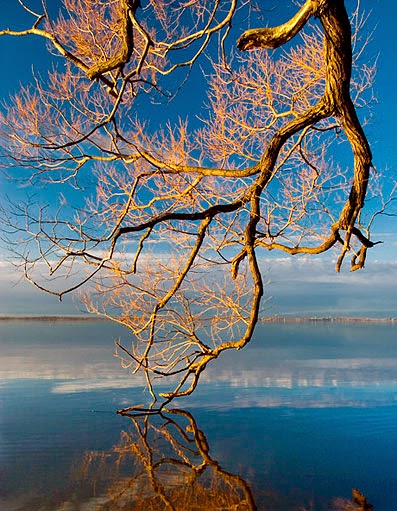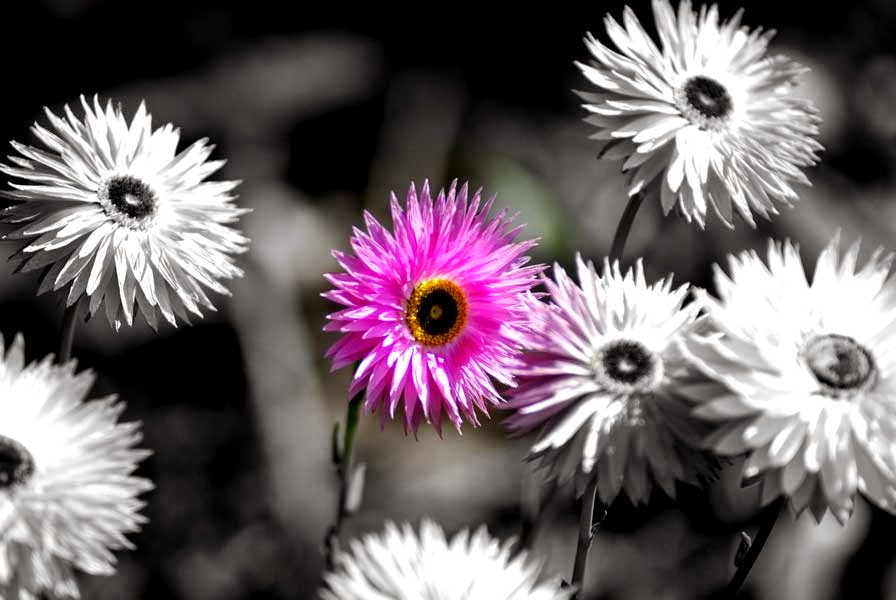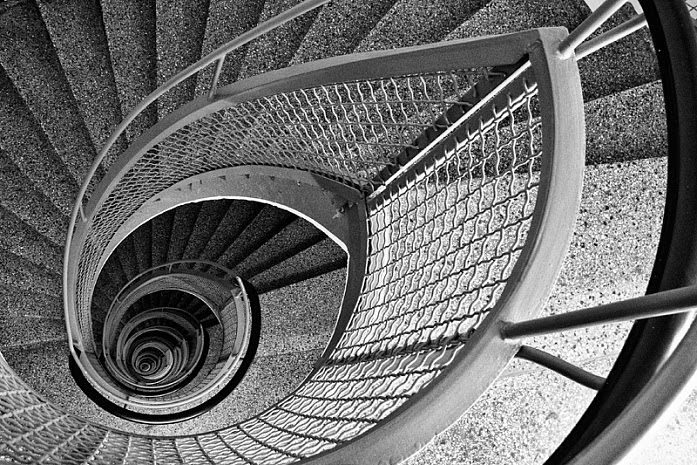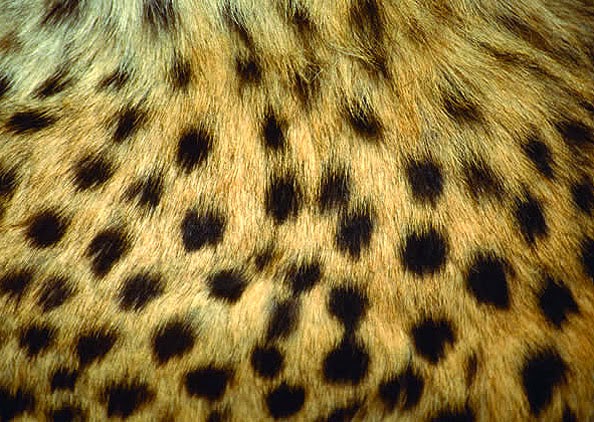People:
In this photo, the model is positioned in the right two thirds of the photo, adding a more stylistic touch to the picture. The colors of the background also compliment the models, hair, eyes, and top.
(Source: Michelle Moore Photography)
 This time, the girl is positioned in the left side of the photo, but it is still rule of thirds composition. Again, although she is not centered in the photo, she is still clearly the only subject, and the background space does not distract from her being the focal point of the image.
This time, the girl is positioned in the left side of the photo, but it is still rule of thirds composition. Again, although she is not centered in the photo, she is still clearly the only subject, and the background space does not distract from her being the focal point of the image. (Source: Karen Walrond Photography)

This picture is different from the others, because it features two models or focus points, but still has enough space in the left portion to qualify it as a rule of thirds photo. The beautiful backdrop compliments, but does not compete with the girls.
(Source: Sarah Jordan Photography)
Places:
 Although this picture is hard to recognize as being rule of thirds composition; it still is because the slight increase of the mountain or tree formation in the background slopes up in the left third of the page, being the only changing element in the photo.
Although this picture is hard to recognize as being rule of thirds composition; it still is because the slight increase of the mountain or tree formation in the background slopes up in the left third of the page, being the only changing element in the photo. (Source: http://theartofmyart.blogspot.com)
 This is a more traditional composition, featuring a tree in the right third of the page; clearly the most dominating element in the picture.
This is a more traditional composition, featuring a tree in the right third of the page; clearly the most dominating element in the picture.(Source: http://theartofmyart.blogspot.com)

This rule of thirds photo also features a tree in a mostly spacious landscape, clearly demonstrating rule of thirds.
(Source: http://dslrimagery.blogspot.com/2010/09/photographic-composition-balance-and.html)
Things:
 The lighthouse in this photo is located in the right section of the frame, and therefore qualifies as rule of thirds. The contrast colors in this photo also make it beautiful and unique.
The lighthouse in this photo is located in the right section of the frame, and therefore qualifies as rule of thirds. The contrast colors in this photo also make it beautiful and unique.(Source: http://www.photographymad.com/pages/view/10-top-photography-composition-rules)
 This incredibly simple photo of a bonsai tree against a bopping brown background is made interesting by its rule of thirds composition.
This incredibly simple photo of a bonsai tree against a bopping brown background is made interesting by its rule of thirds composition. (Source: http://gabrriellehudson.wordpress.com/2013/06/28/280613-storyboarding-and-rule-of-thirds/)
 This picture is more questionably rule of thirds, because the flower looks almost centered in the image, however if you look closely you can see it in more shifted to the left, in the lower left two thirds quadrant, and none of the petals fall into the right third section.
This picture is more questionably rule of thirds, because the flower looks almost centered in the image, however if you look closely you can see it in more shifted to the left, in the lower left two thirds quadrant, and none of the petals fall into the right third section.(Source: http://richard.rathe.org/wp-content/uploads/2010/04/flower-rule-of-thirds.jpg)

















